Description
Anionic Polyacrylamide: A Versatile Polymer with Broad Applications
Anionic polyacrylamide (APAM) is a synthetic polymer belonging to the family of polyacrylamides. Characterized by its long, chain-like structure and the presence of negatively charged carboxylate groups, APAM stands out for its exceptional water solubility, high molecular weight, and flocculation properties. These attributes make it a valuable tool in a wide array of industries, from water treatment to agriculture and beyond.
Understanding Anionic Polyacrylamide’s Structure and Properties:
The core structure of APAM is based on a chain of repeating acrylamide units (-CH2CHCONH2-). The “anionic” characteristic comes from the introduction of negatively charged groups, typically achieved through copolymerization with monomers containing carboxylate functionalities. This anionic charge significantly influences APAM’s behavior in aqueous solutions.
Key properties that define APAM’s utility include:
- High Molecular Weight: APAM is often synthesized with very high molecular weights, sometimes reaching millions of Daltons. This contributes to its effectiveness in flocculation as it allows for the formation of large, stable aggregates.
- Water Solubility: The presence of both the amide and carboxylate groups makes APAM highly soluble in water, facilitating its application in various water-based processes.
- Flocculation and Coagulation: APAM acts as a flocculant by bridging together suspended particles in water, forming larger agglomerates (flocs) that can be easily removed through sedimentation or filtration. It also assists in coagulation, neutralizing the surface charge of colloids, allowing them to destabilize and aggregate.
- Viscosity Modifier: APAM solutions exhibit pseudoplastic behavior; their viscosity decreases under shear stress. This property is valuable in applications where controlled flow is important, such as enhanced oil recovery.
- Adsorption: APAM readily adsorbs onto various surfaces due to electrostatic interactions and hydrogen bonding, making it useful in soil conditioning and mineral processing.
Applications Across Diverse Industries:
APAM’s unique properties have led to its widespread adoption in numerous sectors:
- Water and Wastewater Treatment: This is arguably the most significant application area for APAM. It effectively removes suspended solids, turbidity, and other contaminants from water, clarifying it for drinking water production and industrial reuse. In wastewater treatment, APAM aids in sludge dewatering, reducing the volume of waste for disposal.
- Mining and Mineral Processing: APAM is used as a flocculant in mineral processing to separate valuable minerals from unwanted gangue. It improves the recovery of metals and minerals by accelerating sedimentation and reducing the loss of fine particles.
- Agriculture: APAM finds application in soil conditioning to improve water retention, reduce erosion, and enhance soil structure. By binding soil particles together, it creates a more stable and productive growing environment.
- Paper Manufacturing: APAM is used as a retention aid in papermaking, improving the retention of fibers and fillers during the paper forming process. This leads to improved paper quality and reduced material losses.
- Enhanced Oil Recovery (EOR): In EOR techniques, APAM is injected into oil reservoirs to increase the viscosity of the injected water, improving its ability to displace oil from the pores of the rock.
- Textile Industry: APAM functions as a sizing agent, enhancing the strength and abrasion resistance of yarns during weaving.
- Construction: APAM can be used as a binding agent and stabilizer in cement and concrete mixtures, influencing their workability and setting properties.
Benefits and Considerations:
The use of APAM offers several advantages:
- Effective Flocculation: APAM’s high molecular weight and charge density make it highly effective at removing suspended solids and clarifying water.
- Cost-Effectiveness: Relatively small amounts of APAM are required to achieve significant results, making it a cost-effective solution in many applications.
- Improved Process Efficiency: APAM can accelerate sedimentation, filtration, and other separation processes, leading to increased efficiency and throughput.
However, some considerations need to be taken into account:
- Acrylamide Monomer Residue: While APAM itself is considered relatively non-toxic, concerns have been raised regarding residual acrylamide monomer, which is a known neurotoxin. Stringent manufacturing processes are in place to minimize the presence of residual acrylamide.
- Polymer Degradation: APAM can degrade over time in harsh environments, potentially releasing acrylamide monomer or losing its effectiveness.
- Dosage Optimization: Careful optimization of the APAM dosage is crucial to avoid overdosing, which can lead to adverse effects such as charge reversal and re-dispersion of particles.
Conclusion:
Anionic polyacrylamide is a powerful and versatile polymer that plays a vital role in numerous industries. Its unique properties, particularly its flocculation and water-solubility, make it an indispensable tool for water treatment, mineral processing, agriculture, and more. As technology advances and sustainability concerns grow, APAM is likely to remain a key player in addressing critical challenges related to resource management and environmental protection. Continued research and development efforts are focused on enhancing its performance, minimizing environmental impact, and exploring new applications for this remarkable polymer.

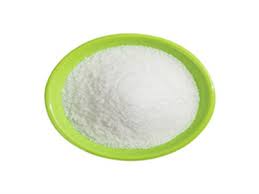
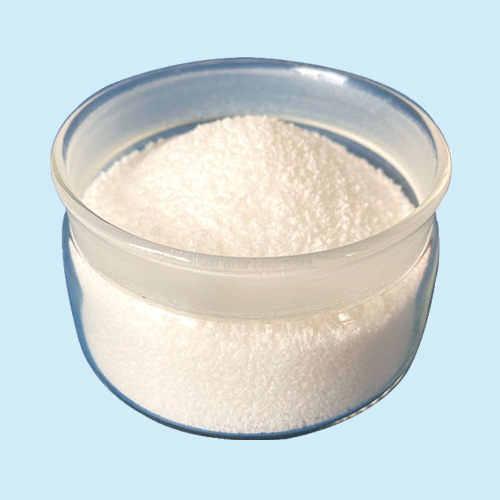
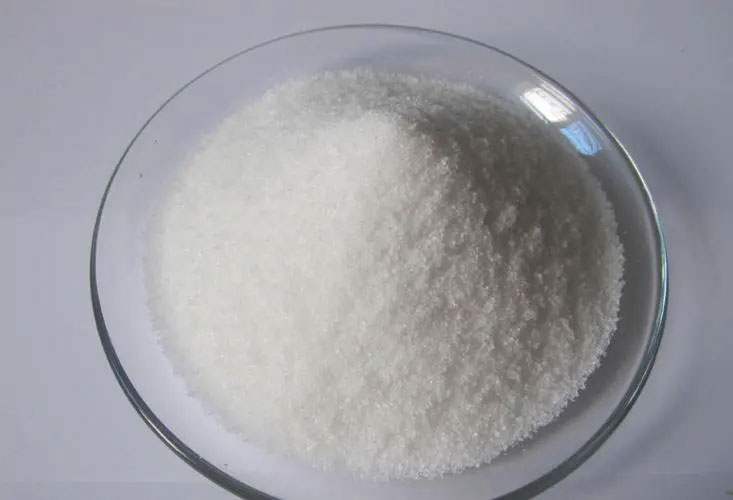
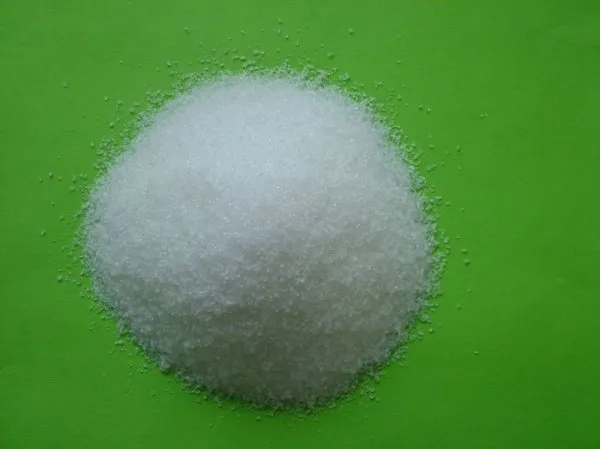
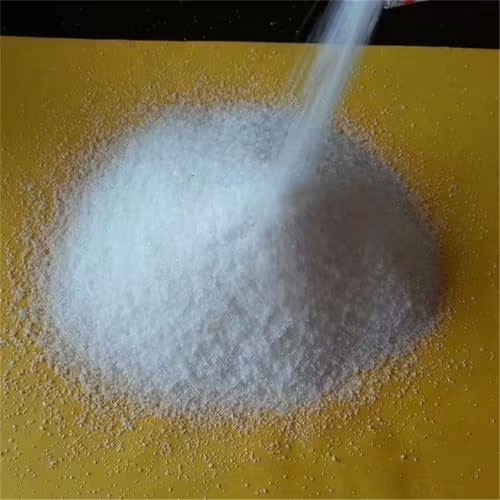
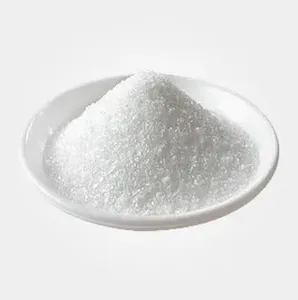
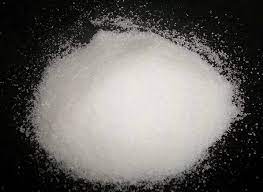
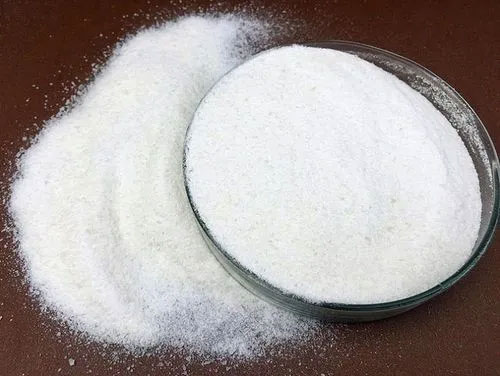



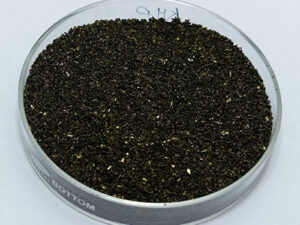
Reviews
There are no reviews yet.